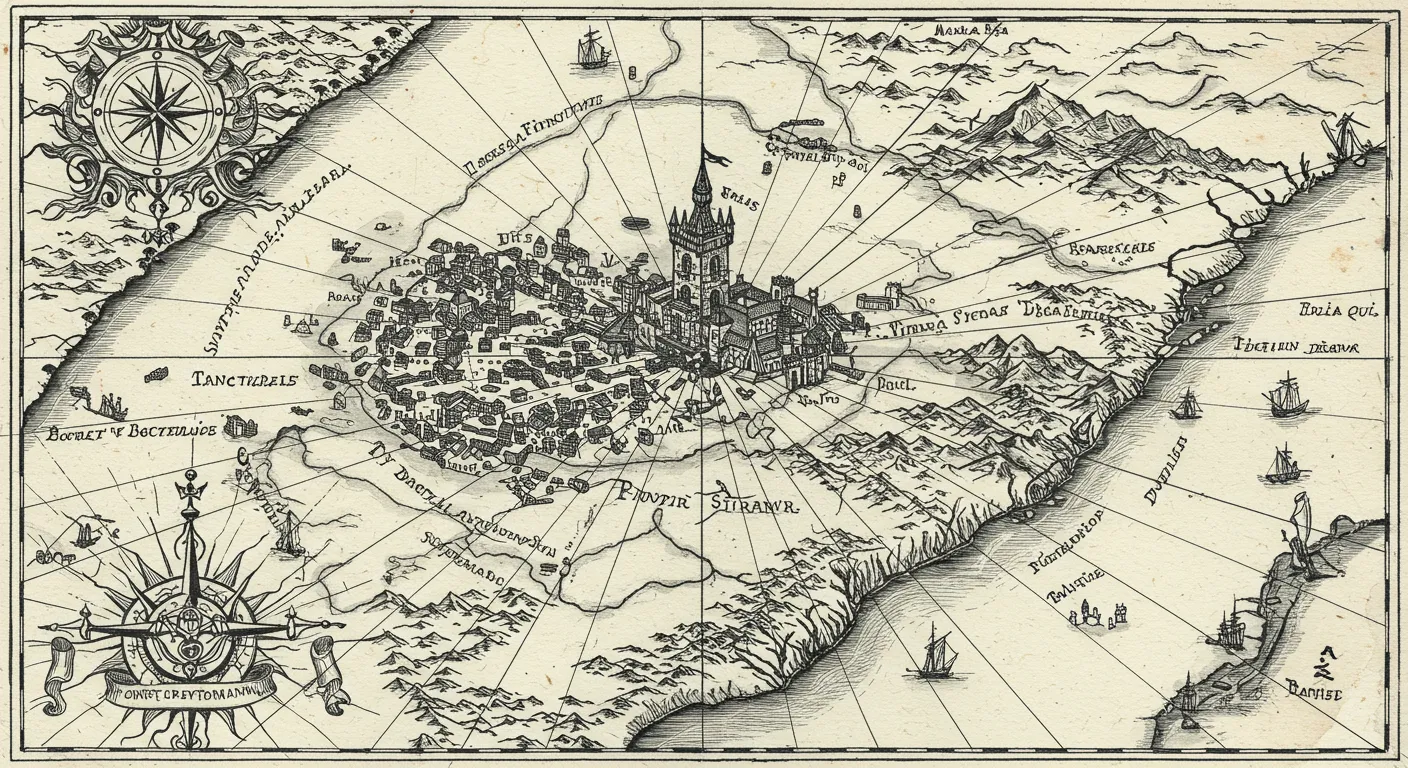In the rapidly evolving world of hardware hacking, a new Raspberry Pi project is turning heads by making advanced 3D scanning technology accessible to hobbyists and makers. The PiLiDAR scanner represents a breakthrough in affordable spatial mapping, allowing enthusiasts to create detailed point cloud representations of their environments for a fraction of traditional scanning costs.
Online commentators have been buzzing about the project's potential to open up new possibilities for hobbyist robotics, home improvement, and experimental mapping. The scanner combines a single-channel LiDAR sensor with a rotating mechanism and a fisheye camera, creating a comprehensive 360-degree scanning solution that can capture detailed spatial data.
The project arrives at a complex moment for hardware enthusiasts, with increasing tariffs threatening to make electronic components prohibitively expensive. Many online discussants expressed concern about how trade policies might impact the accessibility of such innovative DIY projects, highlighting the delicate ecosystem of maker culture.
Technically speaking, the scanner offers an impressive capability: creating detailed 3D point clouds with a relatively low-cost setup. While not matching the performance of professional-grade equipment, it represents a significant step forward in democratizing spatial mapping technology.
The project also sparks broader conversations about the future of hardware innovation, open-source technology, and the importance of accessible learning tools for aspiring engineers and makers.


